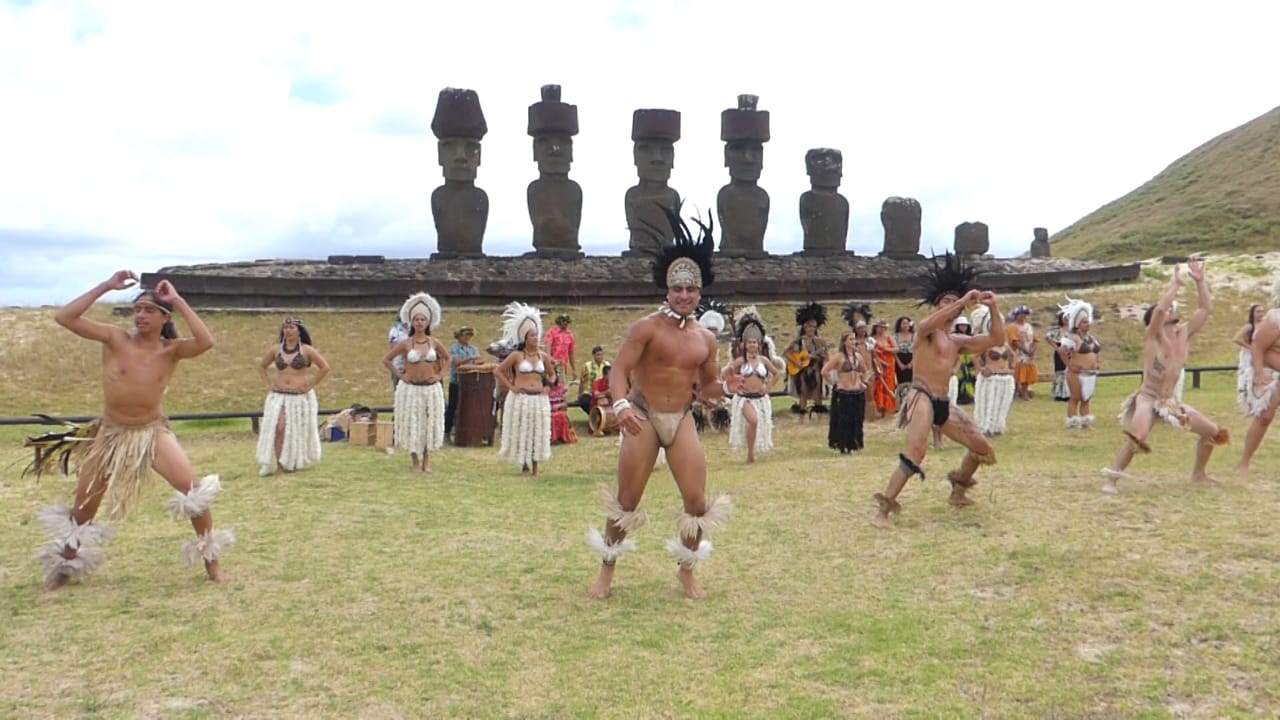MUSE and its territorial network of museums
The iconic building of MUSE designed by Renzo Piano.
MUSE
Engagement activities organised by MUSE.
MUSE
The Science Museum of Trento, MUSE, opened in 2013 in a requalified industrial area of the city of Trento. The museum, designed by Renzo Piano follows the principles of eco-sustainability and covers 12.600m2 divided into six floors and a tropical greenhouse. The museum and its architecture display the global variety of terrestrial habitats from mountaintops to sea-level, represented by the African tropical forests and the most relevant dinosaurs exhibition of the Alps.
The visitor engages with and understands the consequences of climate change and is exposed to science and technological information in a clear and simple manner, through captions, audiovisual material and visual effects. It is a museum that wants to make a difference and be an active player in the development of its community; the organization has moved from research-, education-, and communication-based activities towards new ways of connecting the museum’s agenda with local and international sustainable development goals with and for communities, policy- and decision-makers, as well as public and private economic actors.
MUSE is the heart of a lively territorial network of museums and visitor centers, including the Pile Dwelling Museum of Ledro, that are dealing with multiple disciplines as well as local and global dynamics.
The ability to ask questions can be a synthetic way to define research, the educational process and, in general, culture. By focusing on the question and not the answer, MUSE was able to question itself and interact with the public. The museum has opened itself to a new urban design of the city in which it is inserted; involving the inhabitants of the territory and interacting with strong and recognized players in the local economy. It managed to build its own museological and museographic project by engaging in a dialogue with the city.
Alongside the "classic" activities of exhibiting, presenting, educating, the current trends see museums practicing new ways of operating that connect them with the development dynamics of local communities, decision makers and businesses.
The relationship with the territory and the private sector is not restricted to the notion of "sponsorship", as it is generally understood. We focused on creating relationships of mutual interest: companies seek to grow their values, fostering development, innovation, employment, and territorial branding, which are all elements that are well practiced in a museum. This relationship has generated new languages and new relationships which have been translated into exhibition spaces, events and in other collaborations.
The educational and lab activities, the style of interpretation and mediation used for the various initiatives, and more general museum's ways of communicating have been often integrated as part of corporate mentoring, coaching and empowerment.
Companies have create and co-create cultural proposals with the museum, applying corporate themes that are functional to the museum.
